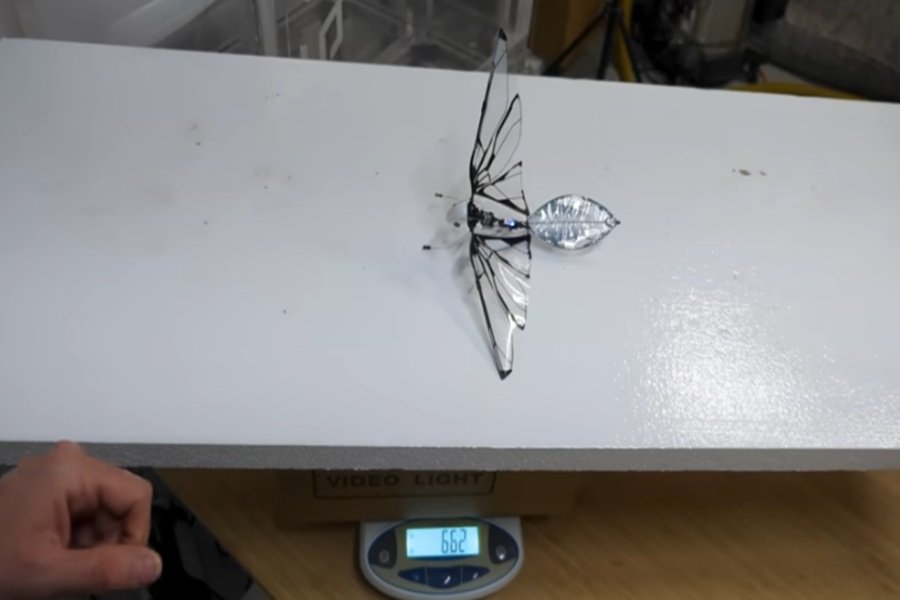
Croatian scientists develop advanced Mars drone
The Faculty of Mechanical Engineering and Naval Architecture (FSB) at the University of Zagreb has signed a contract with the European Space Agency (ESA) for the scientific project "Flapping Wing Vehicle for Mars Atmospheric Flight," aiming to develop an innovative drone, CE Report quotes Kosova Press.
Project manager Zdravko Terze, along with a team of local experts from FSB, will collaborate with prestigious European universities TU Delft and Politecnico di Milano on this fully ESA-funded project, which was selected as the best among dozens of applications submitted in the 2024 competition.
This continues research already conducted at FSB as part of a scientific project also funded by ESA, which developed mathematical models of flight for such a vehicle in the atmospheres of Mars and Venus.
"This innovative drone, to be developed at FSB, employs a completely new mode of flight inspired by the movement of biological systems on Earth. Instead of rotating blades like NASA's Ingenuity, which completed 72 flights on Mars before crashing in January 2024, this aircraft will use a 'more efficient flapping flight technology,'" said Terze.
"If this technology passes tests, Croatian scientific contributions could aid the success of future Mars missions," Terze emphasized.
The ESA project began in January and will last 15 months. The first version of the drone's aerodynamic prototype is scheduled for completion in June, when experiments will commence at ESA's research center in Noordwijk in the Mars chamber, a laboratory simulating Martian atmospheric conditions, followed by modifications to the prototype and repeated tests for final confirmation of this propulsion concept.
The entire prototype—including the aerodynamic wing system and propulsion system with corresponding mechanisms—will be developed at FSB. Terze notes that in Mars's thin atmosphere, which is less than 1% of Earth's density, a "flapping wing" should be more efficient than the rotating wing used by conventional helicopters and drones.
"At FSB, we've conducted research on this concept as part of a scientific project that concluded in 2023, also funded by ESA. The results included developing mathematical models of the flight physics of such a drone, which validated the feasibility of the flapping wing concept for flight in the atmospheres of Mars and Venus. In recent years, we've partially published our research in reputable scientific journals in this field, such as Aerospace Science and Technology and Acta Astronautica," explains the FSB professor.
Terze emphasizes that TU Delft is successfully building small fixed-wing aircraft for research purposes. Plans are already in place for when this drone might first take flight, but Terze says they don't want to make them public at this time.
"Suffice it to say, the next Mars missions are planned for 2028, and we're in contact with relevant institutions to develop such collaboration," he said.
























